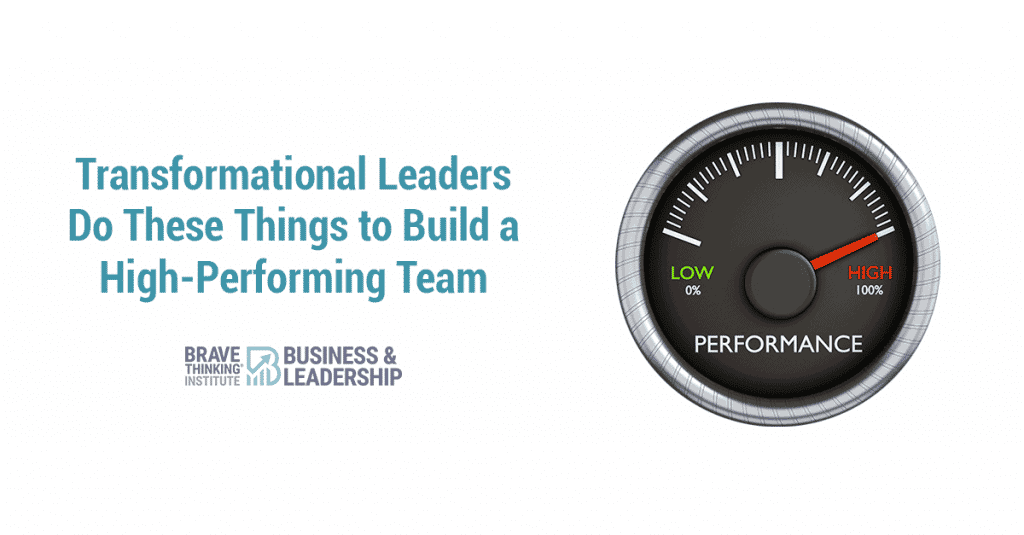Discover the Most Important Weekly Action to Create “Guardrails” as You Work Toward Your Wildly Important Goal
When you’re working on achieving a goal, the hands-down worst thing that can happen is a lack of action and progress. If you’ve ever sat down to set New Year’s goals, only to realize that your new list is mostly a recycling of the previous year’s vision and targets, you know the frustration.
The impact — or really, lack of it — is multiplied when the goal you ignore is your Wildly Important Goal for the year. That’s where the fourth and final discipline of execution comes to the rescue.

A Recap of the First 3 Disciplines of Execution
This article is the fourth in a series focusing on the nuggets of wisdom contained in Sean Covey’s best-selling book, The 4 Disciplines of Execution. Covey is the president of FranklinCovey Education and son of the famed author, businessperson, and speaker Stephen Covey.
One of the top 10 books that have influenced my success in business and leadership, The 4 Disciplines of Execution codifies the best practices of how to get things done and make measurable, reliable progress toward creating results and a life we love.
Discipline 1: Focus on your Wildly Important Goal (WIG).
If you were to achieve only one goal this year, what would you love to get done? That’s your WIG. Make it your primary focus.
Discipline 2: Act on Lead Measures.
Lead measures are the actions that, if you took them in a regular and repeated fashion, would absolutely get you to your goal. Lead measures are actions that are within your influence. Focusing on lead measures ensures that you stay focused on doing what’s within your control to move the ball forward
Discipline 3: Keep a Compelling Scoreboard.
Your scoreboard is where the first two disciplines come together. It should include your WIG and a way for you to track your daily lead measures. Focus on checking off those daily baby-steps, and you’ll be amazed at how much progress you make.
This brings us to the fourth and final discipline…
Creating a Cadence of Accountability
Covey’s final discipline is brilliant — and simple: On a particular day, at a particular time, each and every week, review how you’re doing.
I hold this meeting with my team every Monday in one business and every Tuesday in a second business. Held at the same time each week, this meeting is where we ask questions like:
- What did we do last week that worked?
- What did we do that we loved?
- What were our wins?
- What could we have done more of?
- What could we have done less of?
- What adjustments might be needed?
When you ask questions like these every week, you create “guardrails” for your WIG. You need guardrails!
Think about driving on a treacherous stretch of road — for example, on a curvy mountain road with a steep and sudden drop where the shoulder should be. To protect drivers from veering off the road if they lose their focus, guardrails are installed outside the white line that serves as the visual boundary for your lane. That way, if you’re not paying close enough attention and your drift over the line and out of your lane, the guardrail nudges you back to safety.
The weekly accountability meetings that Covey prescribes function in a similar way. They prevent major drift and keep you moving in the right direction.
With a regularly scheduled meeting, the worst case scenario you’ll encounter is that you will have not acted on your WIG in any way, shape or form in the previous 7 days. Without employing this particular discipline of execution, it might be weeks – or even months — before you realized and corrected your lack of action.
If you keep a cadence of accountability by having this meeting, you have the opportunity to confront the lack of action and get back on track before you drift too far off the charted path. You can turn the wheel and bring your team and organization back in alignment with your WIG.
This discipline may sound obvious and simple. But I assure you, it’s powerful. Drifting is easy and can sneak up on you. A weekly accountability meeting will help you spot drift and correct your course before you stray too far off path.
So go ahead, pick a day and time for your weekly accountability meeting. Start next week, block out time for the weekly meeting for the rest of the year — and make the appointment non-negotiable.
Execution Is Everything
You’ve probably heard the saying that “A goal without a plan is just a wish.”
But if you never execute your plan, you’re no better off. Business magnate and financier T. Boone Pickens said it best: “A plan without action is not a plan. It’s a speech.”
I know that you have greatness in you. You absolutely can lead yourself, your team, and your company to great results — greater abundance, greater satisfaction, and more often waking up saying “I love my life.”
Use these 4 disciplines of execution — focus on your Wildly Important Goal, create Lead Measures, keep a Compelling Scoreboard, and create a Cadence of Accountability — to take action and create results you love.
I’d love to hear how you are applying these 4 disciplines.
What’s your Wildly Important Goal?
What is one Lead Measure you can set and act on every single week? What does your scorecard look like?
When will you hold your accountability meeting?
Share your ideas – and a picture of your scorecard if you want — below.




Leave a Reply